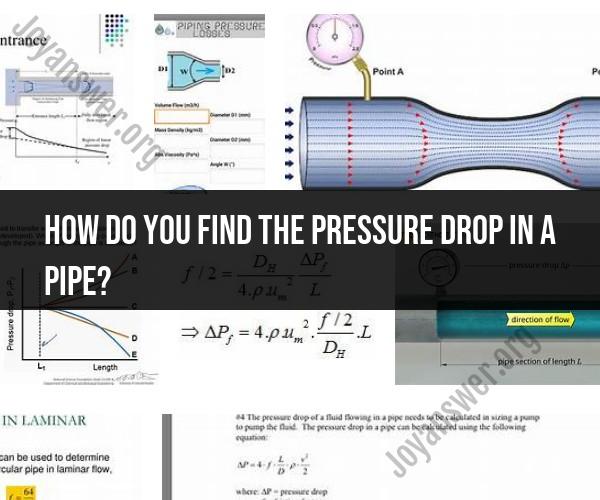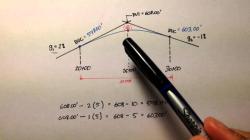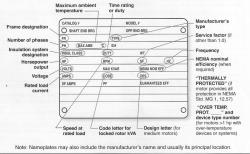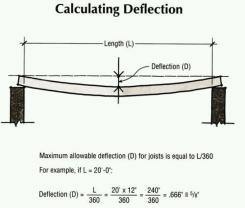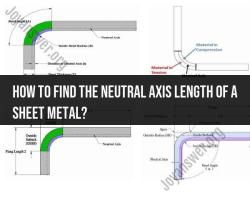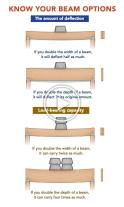How do you find the pressure drop in a pipe?
Understanding pressure drop in a pipe is essential for engineers and fluid dynamics experts to optimize fluid flow systems. This guide provides insights into the factors affecting pressure drop, methods of calculation, and the significance of accurate fluid flow analysis.
Introduction to Pressure Drop
Pressure drop refers to the reduction in fluid pressure as it moves through a pipe or conduit. It is a critical parameter in designing efficient fluid flow systems for various industrial applications.
Factors Affecting Pressure Drop
Several factors contribute to pressure drop:
- Flow Rate: Higher flow rates often result in greater pressure drop.
- Pipe Diameter: Smaller diameters can lead to higher velocities and increased pressure drop.
- Fluid Viscosity: Viscous fluids experience greater resistance and pressure drop.
- Pipe Length: Longer pipes result in more significant pressure drop.
- Obstructions: Valves, bends, and fittings can cause additional pressure losses.
Calculating Pressure Drop
Pressure drop can be calculated using:
- Darcy-Weisbach Equation: A widely used equation for pressure drop estimation.
- Hagen-Poiseuille Equation: Calculates pressure drop in laminar flow conditions.
- Empirical Formulas: Simplified equations based on experimental data.
Fluid Flow Analysis Techniques
Engineers use various techniques for fluid flow analysis:
- Computational Fluid Dynamics (CFD): Simulates fluid behavior using computer modeling.
- Pressure-Flow Curves: Graphical representation of pressure drop versus flow rate.
- Experimental Testing: Real-world testing to validate calculations and models.
Importance of Accurate Analysis
Accurate pressure drop analysis is crucial for:
- Designing efficient and cost-effective fluid systems
- Optimizing energy consumption
- Ensuring safe operation and preventing equipment damage
Application in Industries
Fluid flow analysis is applied in various industries:
- Oil and Gas
- Chemical Processing
- Water Treatment
- Power Generation
Conclusion
Determining pressure drop in a pipe is a fundamental aspect of fluid dynamics that impacts the efficiency, safety, and performance of fluid systems. By considering the factors influencing pressure drop, utilizing accurate calculation methods, and employing advanced analysis techniques, engineers can make informed decisions to optimize fluid flow and enhance industrial processes.
